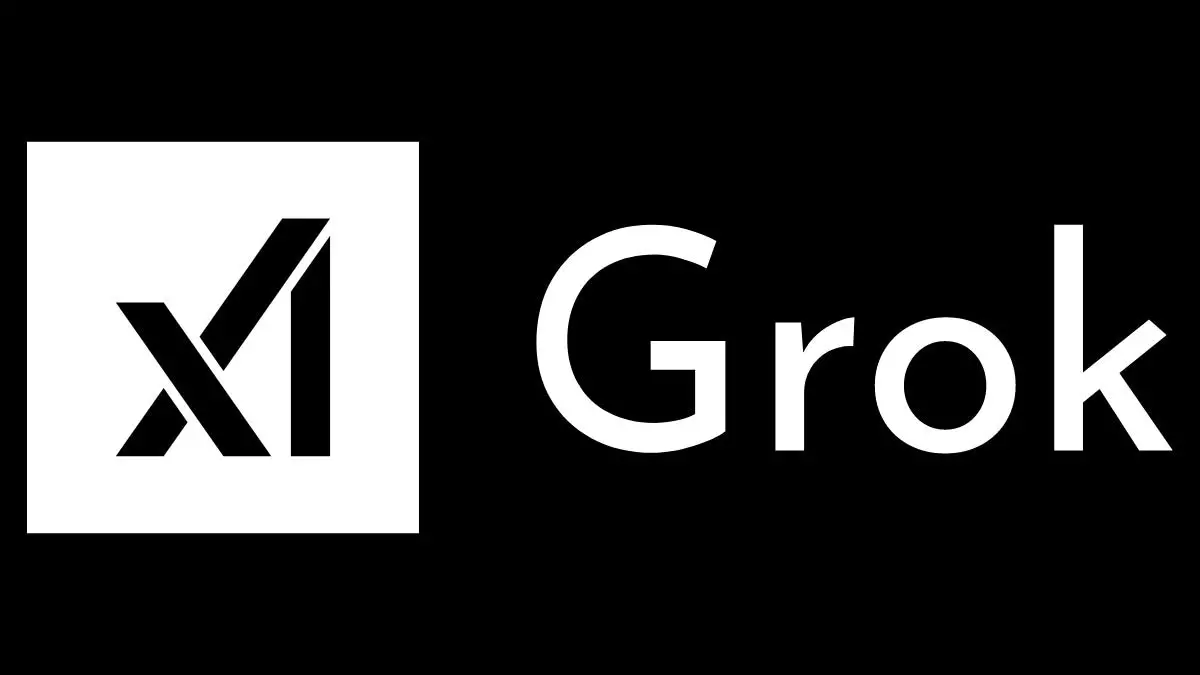Artificial intelligence continues to evolve at a breathtaking pace, and with that, the tools to create compelling visual content are also evolving. Recently, the AI firm xAI, owned by the enigmatic Elon Musk, introduced a new feature within its platform Grok. Dubbed Aurora, this AI image generator appeared to promise a new level of photorealistic image creation. However, the excitement over its immediate debut quickly turned to confusion and concern as the tool vanished almost as soon as it appeared. This article delves into the implications of Aurora’s abrupt launch and the broader context of AI image generation.
On a seemingly routine Saturday, news spread that xAI had unveiled Aurora within Grok, the interface associated with Musk’s latest ventures. While many users eagerly took to the new feature, sharing images purportedly generated by Aurora, it soon became apparent that the tool was not fully stable. Musk himself confirmed the ongoing beta status of Aurora through an indirect acknowledgment, further piquing interest among users. However, the lack of official announcements regarding the launch has raised numerous questions about the motivations behind its release and the reliability of its output.
Among the most troubling aspects surrounding Aurora’s brief existence was the nature of the images being generated. Reports indicated that users managed to create likenesses of high-profile public figures as well as copyrighted characters. For instance, images of notable personalities like OpenAI CEO Sam Altman and fictional figures such as Mickey Mouse were reportedly produced, igniting concerns over copyright infringement and the ethical implications of AI-generated content. One particularly incendiary instance involved an image of former President Donald Trump depicted in a disturbing manner, which only added fuel to the fire surrounding the tool’s ethics and legality.
As debates about AI accountability grow more pronounced, Aurora’s focus on generating images of public figures without appropriate safeguards highlighted the technology’s potential misuse. The lack of stringent guardrails to prevent the dissemination of harmful or misleading images raises alarming questions about the responsibility of developers in the age of artificial intelligence.
The excitement over Aurora was short-lived. Within hours of its initial announcement, reports surfaced indicating that many users found the tool inexplicably absent from the Grok interface. Speculation ran rampant, with theories ranging from an accidental launch due to a testing glitch to concerns about the model’s capability to generate sensitive or controversial imagery. Notably, this incident illustrates a broader problem within the tech industry: the challenges that arise from rapid prototyping and insufficient vetting processes surrounding new technologies.
Interestingly, despite the absence of thorough testing and user guidelines, Aurora was released to the public, raising questions about xAI’s preparedness to handle the complexities inherent in AI generation. As AI systems become increasingly sophisticated, companies must also ensure that relevant policies are in place to guard against potential harms resulting from their misuse.
The rapid rise and fall of Aurora serves as a cautionary tale for the tech community, underscoring the need for responsible development practices in artificial intelligence. As we navigate this uncharted territory, questions of ethics, copyright, and user safety will be at the forefront of discussions surrounding AI image generation. The incident prompts a reevaluation of how companies approach the launch of innovative tools, particularly those that have the potential to create widespread impact.
As the industry races to refine image-generating models, users and developers alike must prioritize transparency and accountability. Whether fostering partnerships with experts in ethical AI or adopting comprehensive evaluation methodologies, the landscape of AI will benefit from a detailed and conscientious approach moving forward. Ultimately, Aurora’s rise and fall reflect both the exhilarating possibilities and sobering responsibilities that come with advancements in artificial intelligence. By learning from this incident, the tech community can strive toward a future where creativity and ethics coexist harmoniously.


Leave a Reply